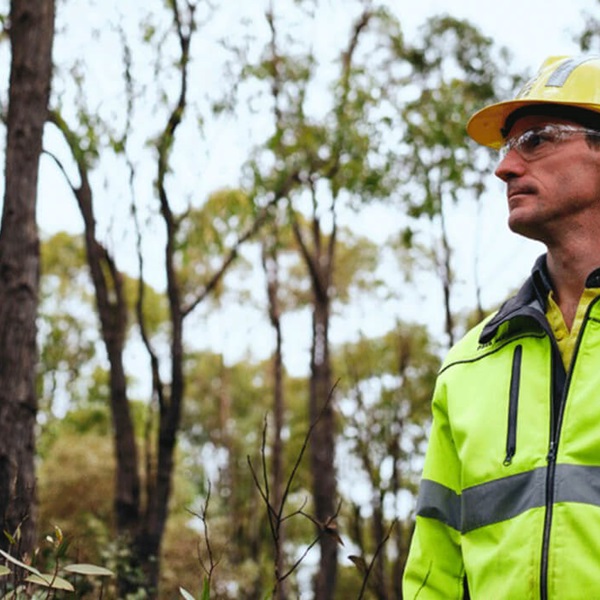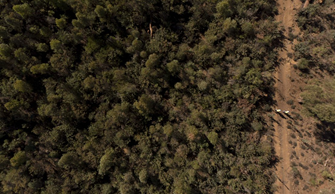
Responsible closure forms an expected and crucial part of our life of operation planning and execution.
Successful closure involves collaboration with various stakeholders, including our people, local communities, Indigenous, Traditional and Tribal Peoples, government and regulatory agencies, local businesses and industry associations.



